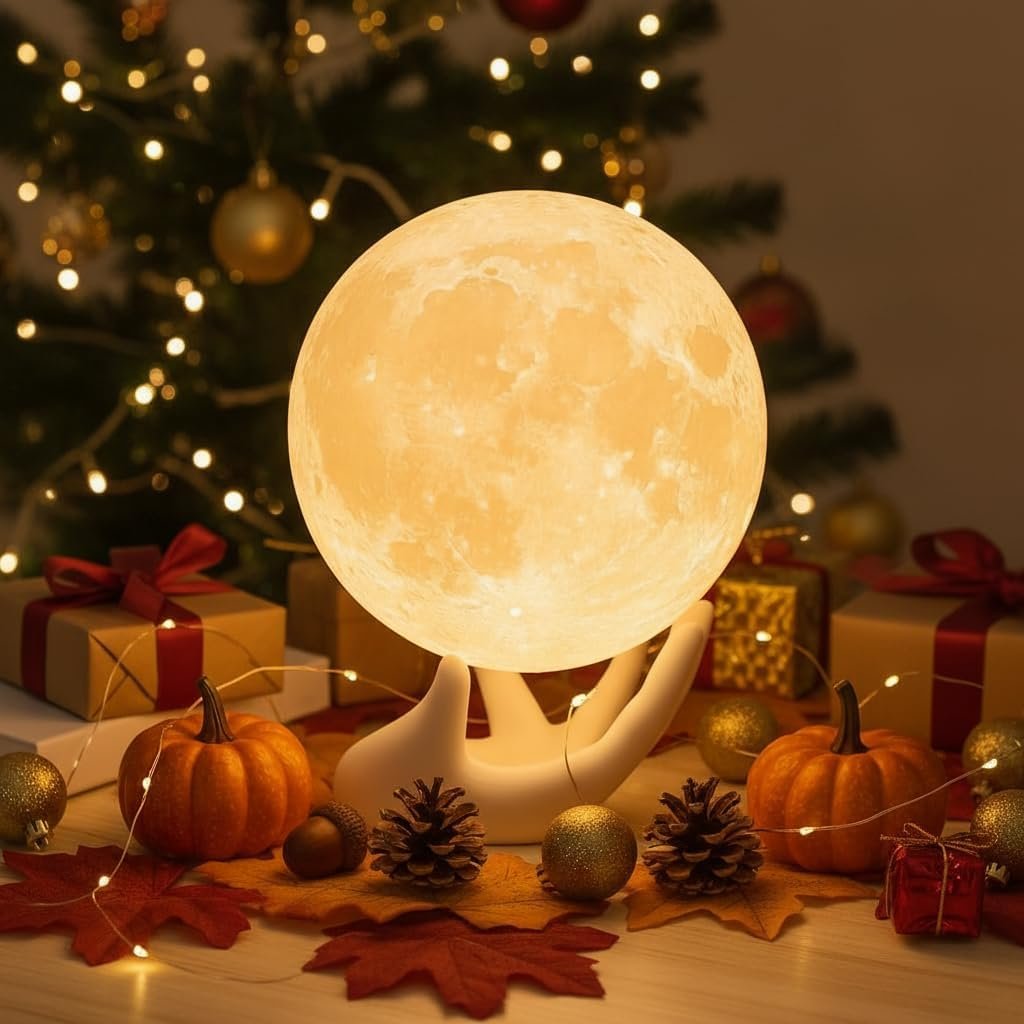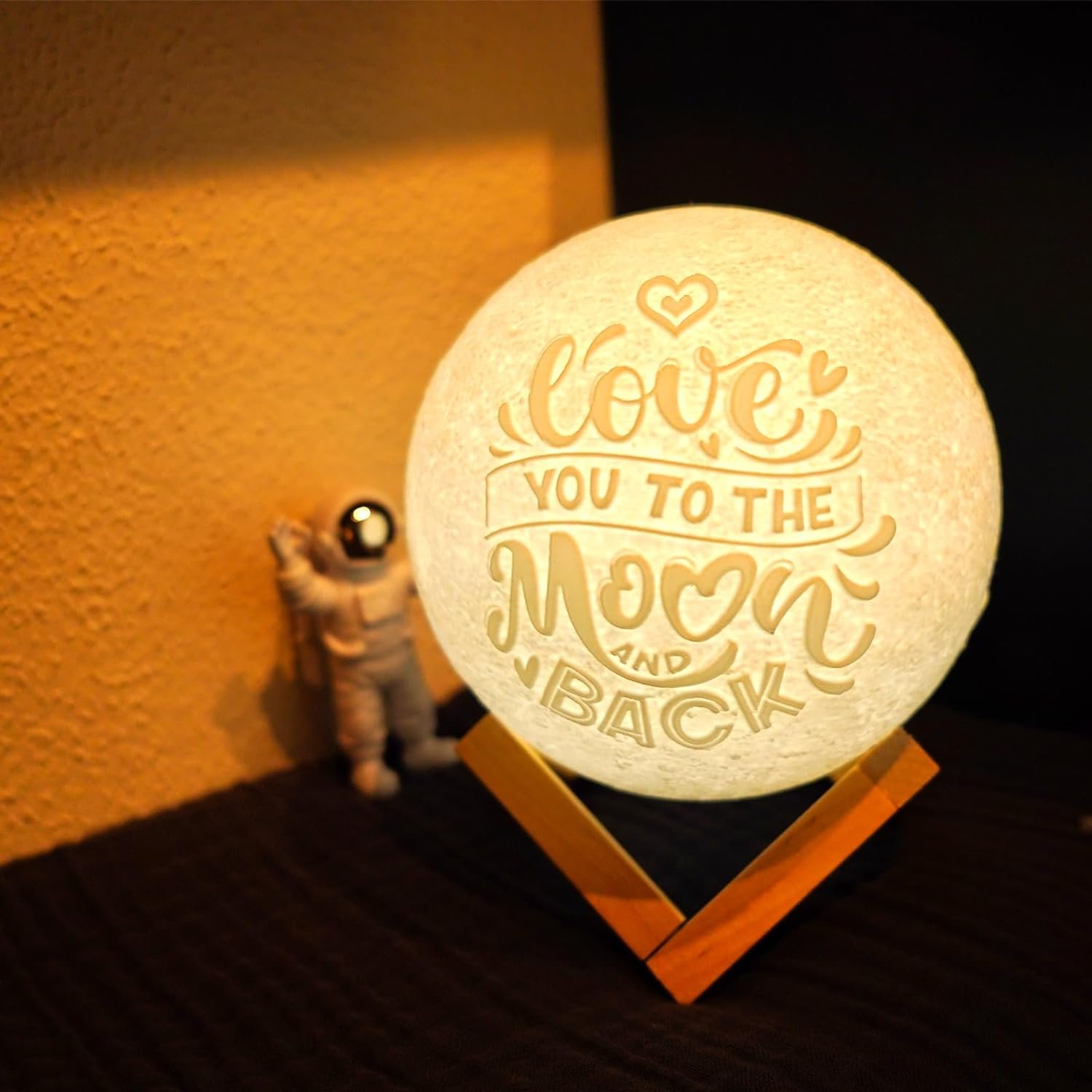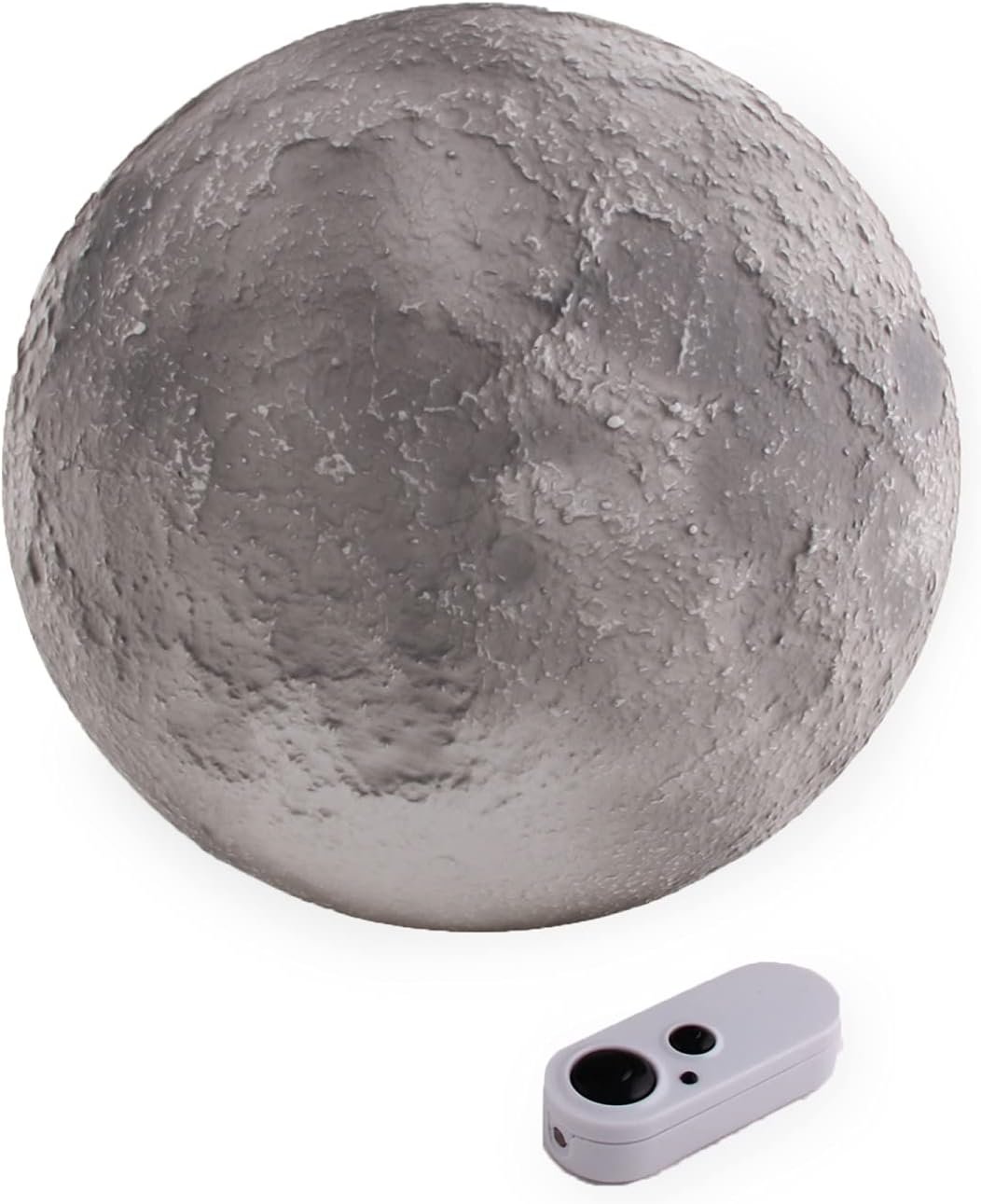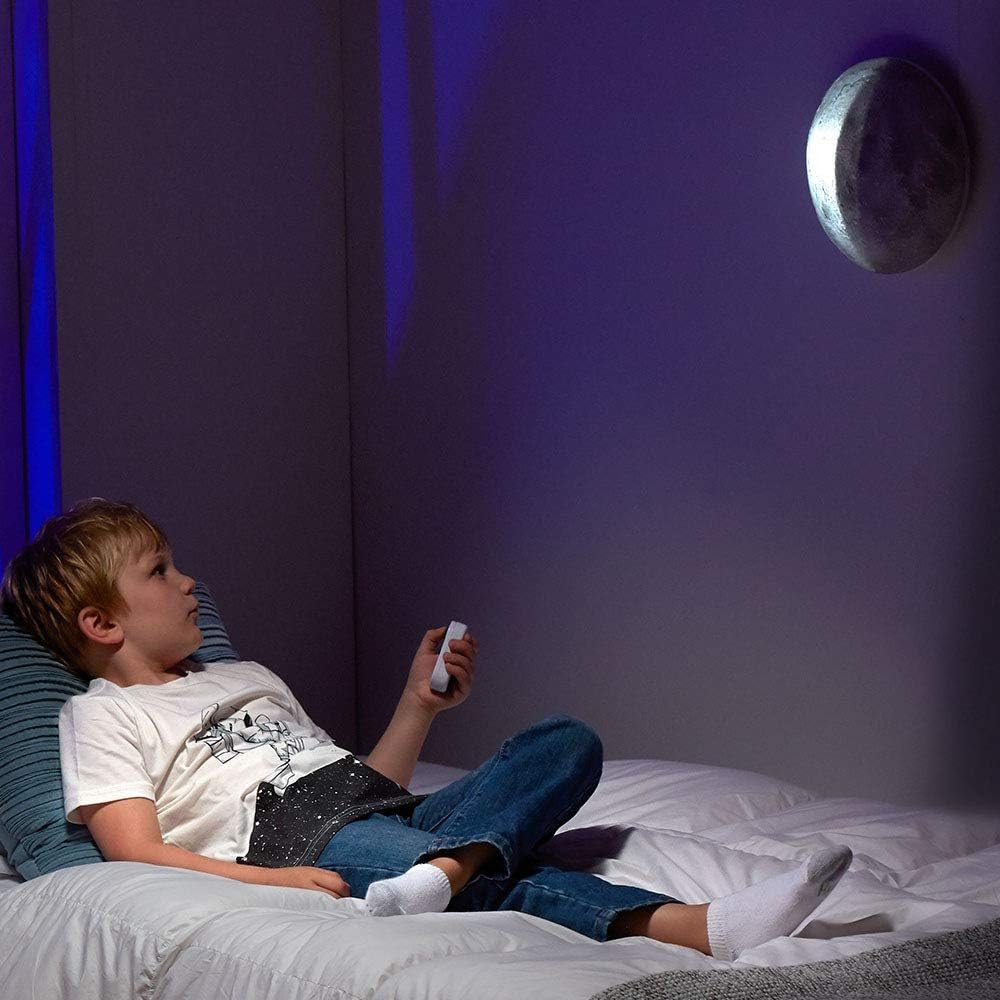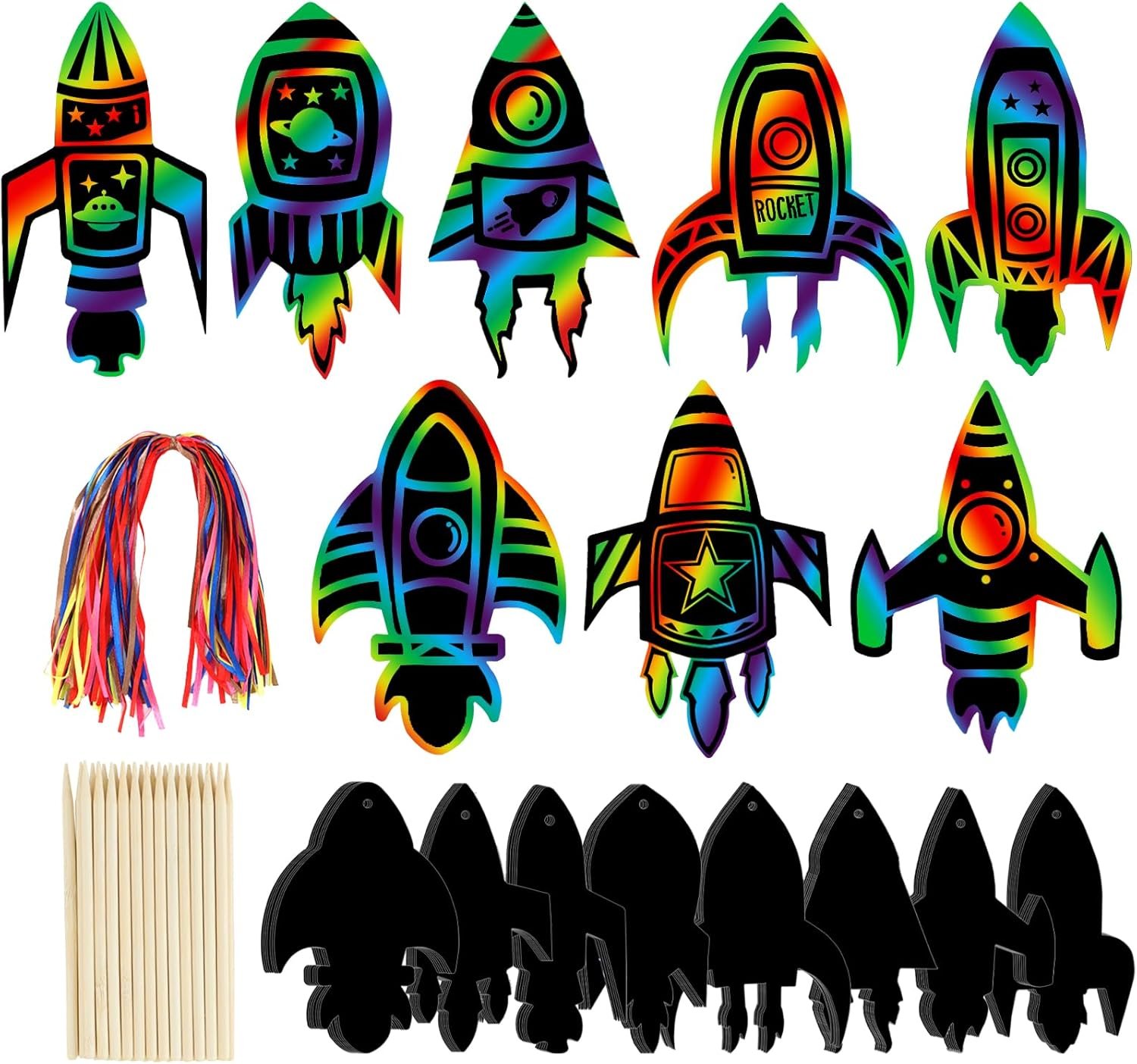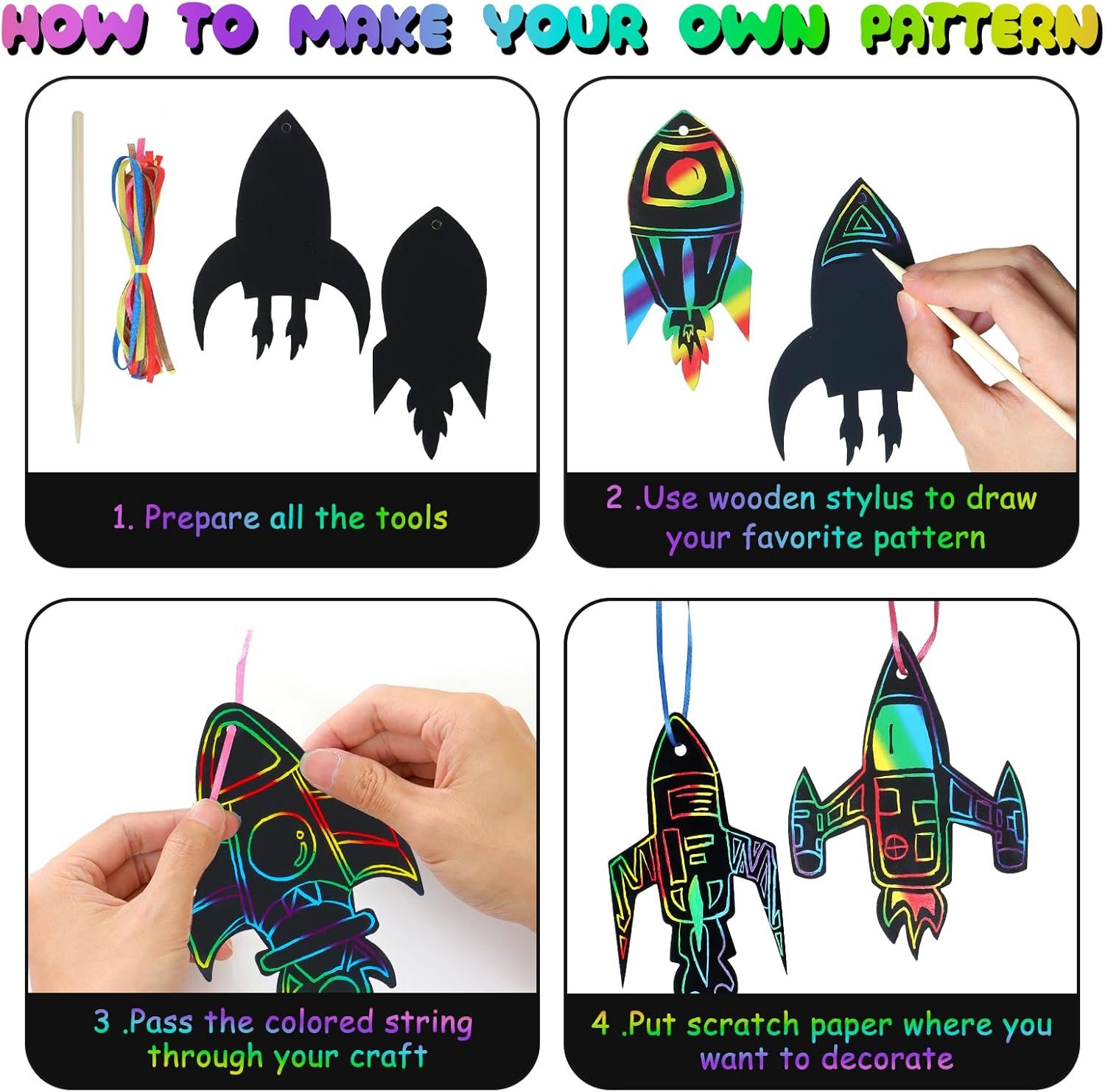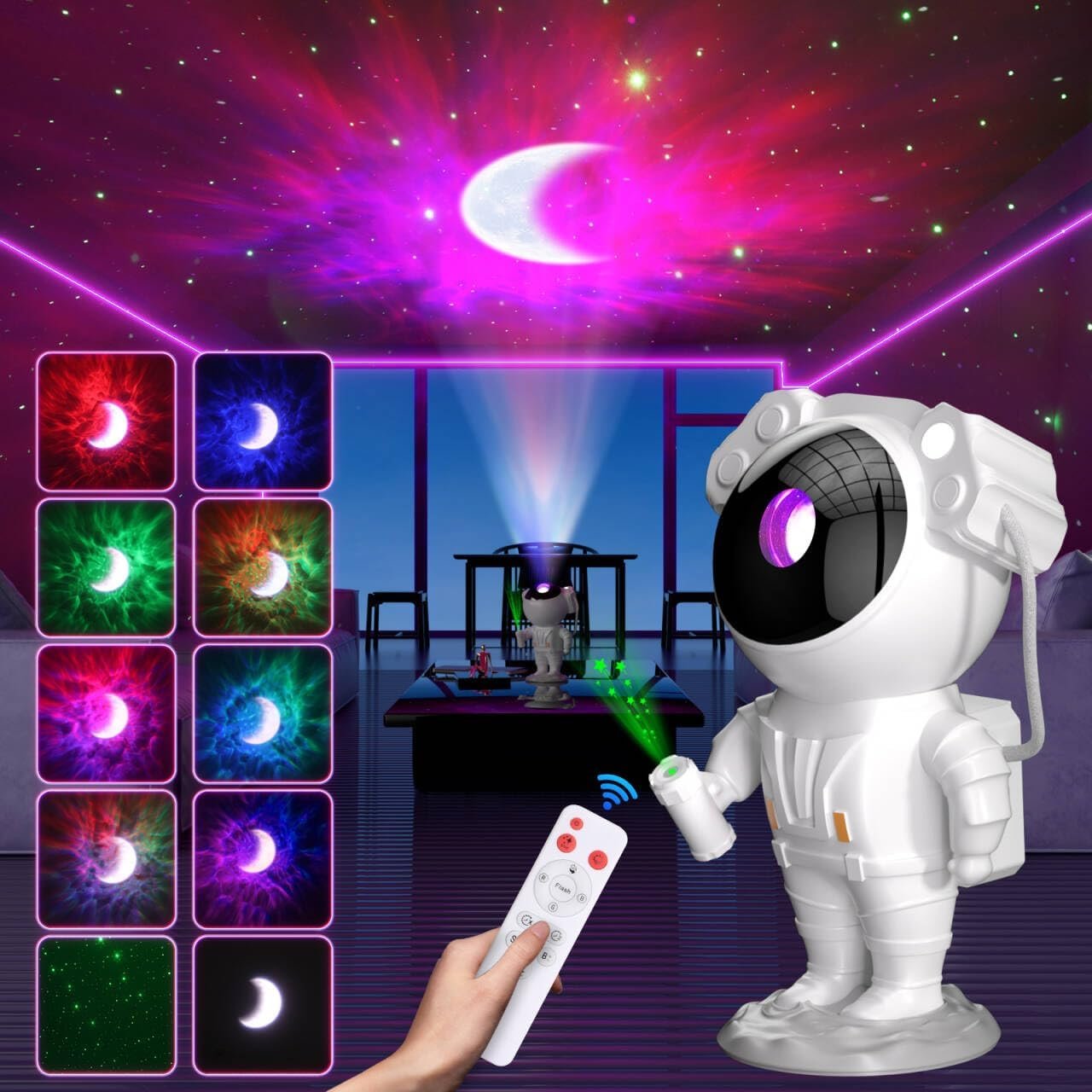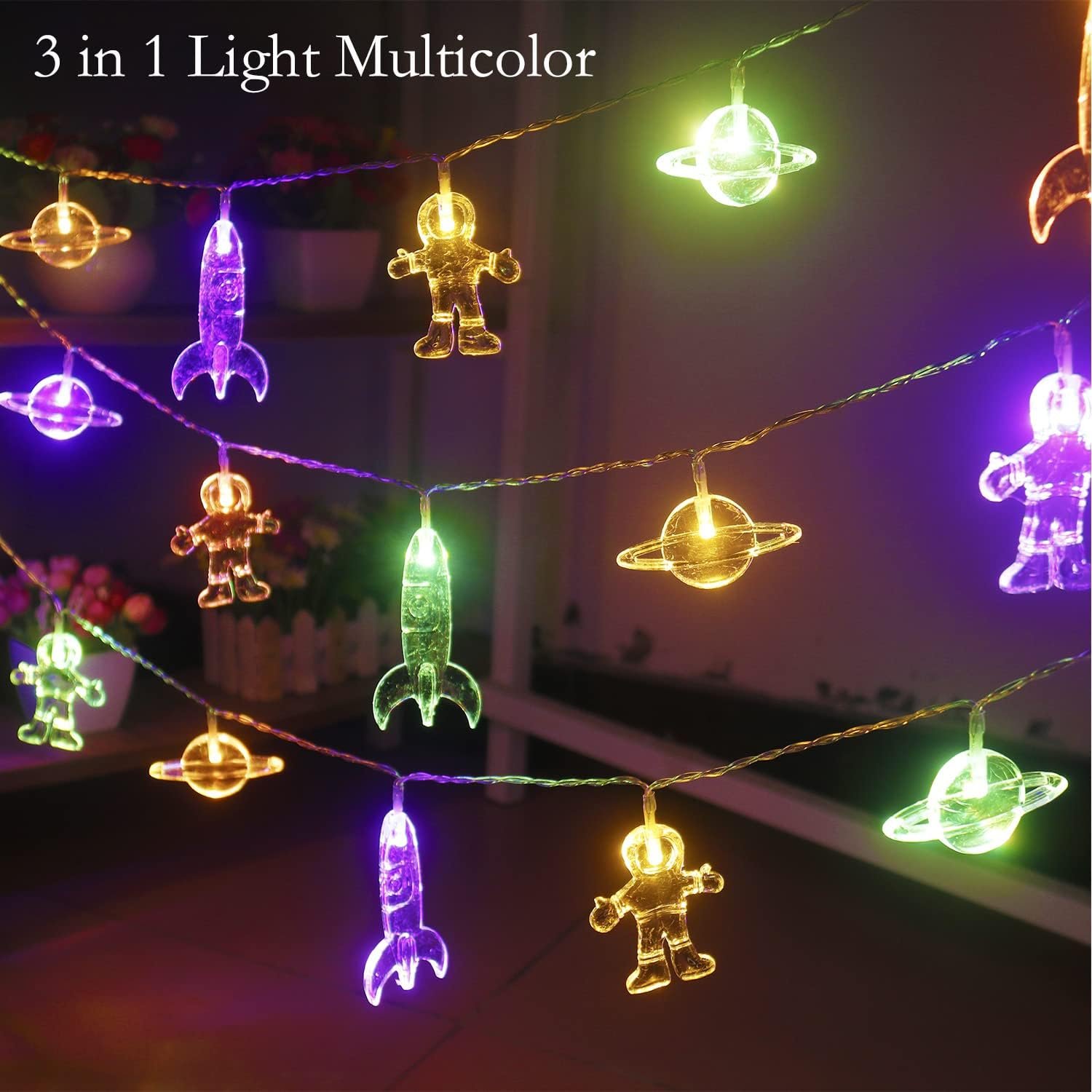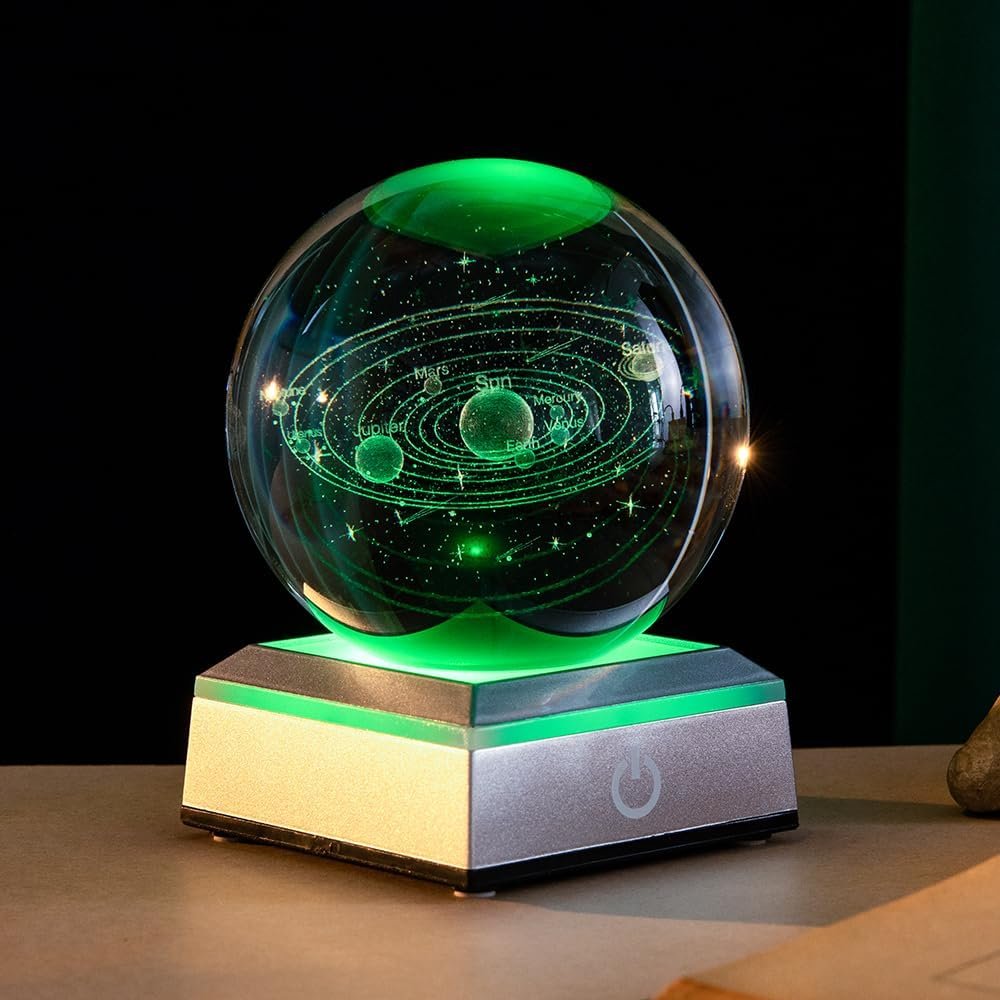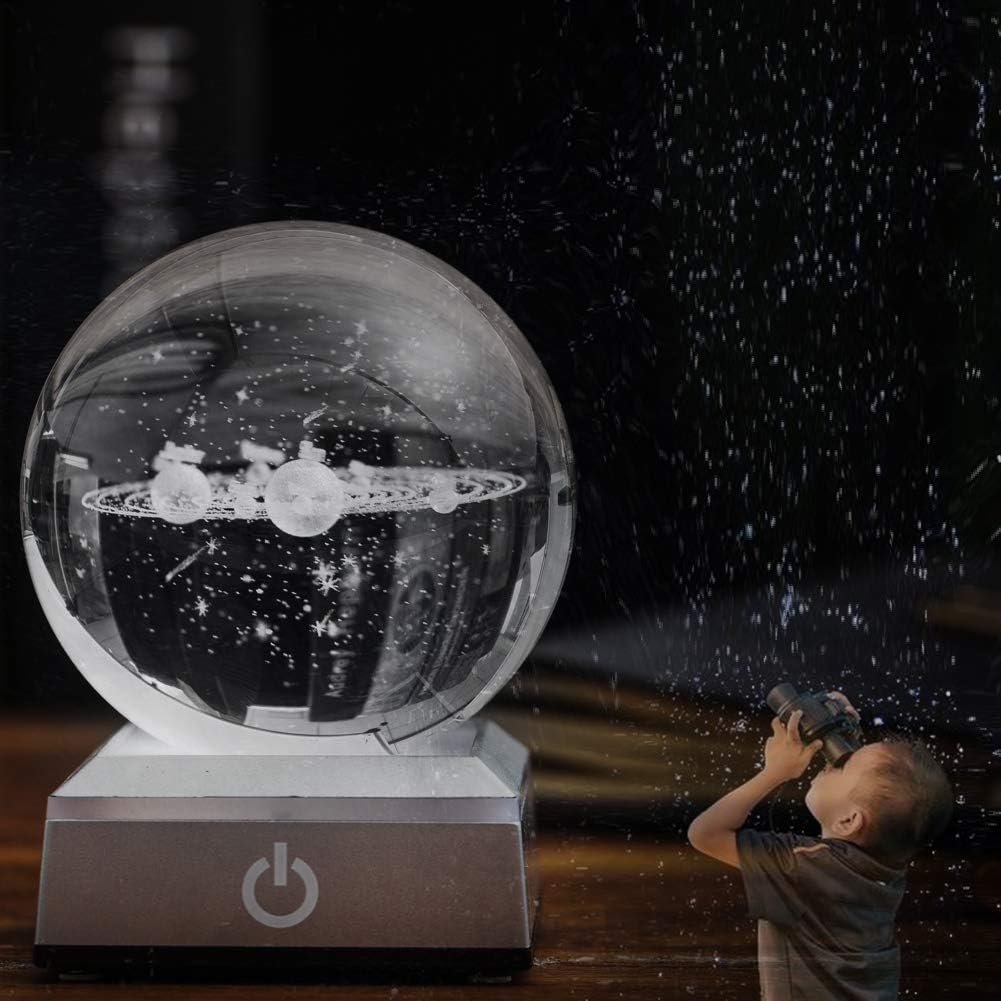National Geographic Kids Super Space Sticker Activity Book: Over 1,000 Stickers!
You will open this book and immediately regret every hour you ever spent scrolling your phone when you could have been assembling something that actually sticks. This is not a metaphor; it is literal. The book arrives as a promise: more than 1,000 tiny opportunities to affix the moon to the refrigerator, an astronaut to the cat, or a comet to the living-room lamp, because taste is subjective and your sofa has always needed a little more cosmic flair.
What this book actually is
This is an activity book aimed at children (and the adults who pretend they’re “helping”) that pairs stickers with small tasks, stickers with facts, stickers with tiny moral dilemmas—like whether it’s okay to put a rocket next to the broccoli print on your toddler’s placemat. The stickers are abundant, zesty, and shaped to trick you into thinking you’ll be organized. The activities are short enough to produce a sense of accomplishment, long enough to require concentration, and just interesting enough to make you think about how small and complex the universe is while your child decides which planet best matches the color of your coffee mug.
What you’ll find inside
- Over 1,000 stickers covering planets, stars, rockets, astronauts, aliens (tastefully ambiguous), telescopes, moons, and those little space icons that look suspiciously like modern art.
- A mix of sticker-scene pages where a background begs to be completed, puzzle challenges that reward patience (rare), matching games that reveal how well you remember which planet is red, and quirky fact boxes that tell you things you might use to win a bar argument about the weight of Saturn’s rings.
- Activities designed to build fine motor skills, vocabulary, and an inexplicable devotion to labeling things “Milky Way” even if they’re not chocolate.
Why this will change your afternoon (or at least make it more tolerable)
You will hand this to a child and they will nod in a way that implies they were pretending to ignore you while actually plotting your peculiarly dramatic parenting exploits. Then they will stick. Little fingers will transform into laborers of joy. You will probably find stickers in your laundry for weeks, as if they were tiny satellites that refused to leave orbit. In those moments—the quiet triumph when the last sticker is properly placed—you may feel, absurdly, like an astronomer. Or at least like a person who has successfully guided another human through a task without bribery.
How it helps learning (without sounding like a brochure)
You do not have to be a homeschool hero to use this. The book sneaks in vocabulary—words like orbit, crater, and gravity—without forcing you to produce flashcards at breakfast. Activities reinforce pattern recognition and hand-eye coordination. Reading the fun facts aloud can turn car rides into a series of micro-lectures where you are an expert and your audience is exceptionally honest about their attention span. It’s screen-free, but oddly competitive: you will find yourself quietly racing to finish a sticker-scene before bedtime.
Gift-giving: how to present it so people think you have taste
Wrap it with a ribbon and maybe an illustrated apology for the inevitable sticker migration. Bring it to a birthday party and watch the adults pretend they aren’t interested while arranging rockets in a mysterious order on the gift table. Include it in a goody bag and observe how quickly stickers become currency.
How to handle the sticker aftermath
You will be tempted to organize leftover sticker sheets by theme. Resist, until you can’t. Keep a small envelope labeled “mission control” to corral the extras. If stickers show up stuck to the dog, accept it as proof your household has reached a new level of cultural sophistication.
Product specs
| Spec | Details |
|---|---|
| Title | National Geographic Kids Super Space Sticker Activity Book: Over 1,000 Stickers! |
| Sticker Count | Over 1,000 stickers |
| Theme | Space — planets, stars, rockets, astronauts, and cosmic oddities |
| Intended Audience | Kids (and the adults who help them), ideal for ages 4 and up |
| Activities | Sticker scenes, puzzles, matching games, labeling activities, fun fact boxes |
| Pages | Activity-packed pages (exact page count varies by edition) |
| Publisher | National Geographic Kids |
Safety and care
You will notice a parental advisory in the smallest font size: stickers are not toys for children under the recommended age. Don’t let them think they can eat their way to outer space. Supervise younger children if necessary, and keep the sheets away from vents, hair dryers, and the small, impatient hands of someone trying to decorate your face.
Frequently asked questions you didn’t know you had
- Can stickers be reused? Mostly no. They are committed to their adhesive destiny. Some stickers may be repositionable early on, but treat that as a mercy rather than a policy.
- Will my child learn real science? Yes—if your definition of “real science” includes curiosity, vocabulary, and the proud, earnest proclamation that “Jupiter is the biggest.” For lab-grade experiments, you may still need a kettle and an overambitious home scientist.
- Is this suitable for group play? Absolutely. It fosters negotiation, sharing, and the quiet art of convincing someone that a UFO belongs on the cat.
A note about your credibility as a parent
You will hand this book to another adult at a playdate and feel like you have brought the correct cultural capital for the room. You will also watch as your child’s concentration surprises you, and you will mentally file this moment among things that make parenting more tolerable: a successful nap, a vegetable eaten without negotiation, a day when everyone’s shoes match.
Where this belongs in your life
Place it in the car for long drives that start to feel longer than they should. Keep it in a tote beside other urgent items that are rarely used but always hoped for—bandages, spare socks, a pen that writes. Slip it into a gift basket for a holiday or a rainy day, because rainy days deserve missions that go well.
You will not cure insomnia with a sticker book. You will not solve the mysteries of the cosmos. What you will do is give your child (and yourself) a project that is tactile, reasonable, and absurd in the best way. It encourages questions that lead to more questions; it rewards completion without requiring vows; and it leaves behind small, shining relics of an afternoon well spent.
If you want to buy one, place it in your cart. If you want to impress someone who thinks educational gifts are dull, slide it under their door and go on about your business pretending you’re not interested. Your house will look better when it has a few carefully placed planets, and you will have contributed to the slow, steady gravitational pull that turns curious children into people who ask better questions.
National Geographic Kids Super Space Sticker Activity Book: Over 1,000 Stickers!
$7.19 In Stock
National Geographic Kids Super Space Sticker Activity Book: Over 1,000 Stickers!
You know the feeling: an afternoon stretches out like a sheet of blank poster board and you, armed with a pen and the unreasonable confidence of someone who once won a goldfish at a fair, believe you can turn nothing into a masterpiece. This book is your co-conspirator. The National Geographic Kids Super Space Sticker Activity Book: Over 1,000 Stickers! hands you a galaxy’s worth of tiny adhesive temptations, along with activities that keep the orbital chaos from becoming, well, chaos.
You’re buying a sticker book, but you’re also buying small rituals — the quiet concentration of placing a tiny satellite exactly between two craters, the soft muttering as you argue with a seven-year-old about whether Pluto gets its own sticker, the smug satisfaction when the whole solar system is properly labeled and someone asks, “How did you do that?” and you say, “With patience and the smallest scissors available.”
What you get (more than glitter and paper)
This isn’t the flimsy giveaway sticker pad that disintegrates in a backpack by lunchtime. You get:
- Over 1,000 stickers: rockets, planets, aliens with questionable fashion sense, constellations, facts, and colorful embellishments that let you assemble entire scenes.
- Activity pages: puzzles, matching games, design-your-own-rocket spreads, and scene-builders that give the stickers somewhere to go besides the dog.
- Kid-friendly facts: National Geographic Kids’ signature tidbits that won’t put you to sleep mid-explanation.
- A format built for handling: perforated activity pages and durable sticker sheets made with hands — sticky, small, proud hands — in mind.
You might think stickers are trivial. You’re partly right. They are gloriously trivial. But you’re also equipping someone with the very small tools they need to practice focus, fine motor skills, and the intoxicating art of finishing something.
Why you’ll love it (and why your kid will actually use it)
You’re not buying a patent on calm, but you are buying quiet minutes. You’re buying an object that resists the twin forces of screens and boredom with something cuter than an app notification.
- Portable: This book fits into the bag you use for grocery runs and emergency snacks. It’s compact enough for a car ride, long enough to keep attention through an entire commute.
- Screen-free engagement: If you like the idea of your child’s hands being busy instead of their face being lit by blue light at 9 p.m., this is a useful, nonjudgmental tool.
- Multi-age appeal: The colors and silly characters entice younger children while the facts and puzzles make older kids feel grown-up. You’re handing out empowerment disguised as play.
- Reusable inspiration: Stickers encourage storytelling. Once a page is filled you’ll find your child narrating space missions with the dramatic flair of someone who once used a potato as a microphone.
How to use it (a minimalist guide to maximized chaos control)
You can hand it over unfiltered, but if you’d like a method:
- Let your child choose a “mission” — build a space scene, complete a puzzle, or sticker-ize the planets.
- Use the activity pages as checkpoints. A puzzle earns a sticker reward. This introduces a tiny economy of achievement that works far better than bribery.
- Encourage annotation. A label here, a made-up alien name there — you’re training language and narrative skills.
- Keep a zip-top bag for stray stickers. You’ll thank yourself when the sofa only swallows a few instead of a hundred.
You might be tempted to micromanage artistic choices. Resist this. The best art in the world is made by someone who insists Saturn’s rings be purple, and you will live longer if you let them.
Learning benefits (yes, it’s fun and educational)
You’re not signing up for a textbook, but the book sneakily does a lot of talking:
- Science basics: Planet names, phases, rockets and astronauts’ gear — all presented with the cheerful clarity of someone delivering news that does not require a toga.
- Vocabulary: Words like “crater,” “nebula,” and “orbit” enter daily use and sound impressive when uttered at the dinner table.
- Fine motor development: Cutting, peeling, and precise placement — activities parents love to call “productive.”
- Pattern recognition and sequencing: Ordering planets, matching constellations, and arranging scenes teaches logic without the frowny face of a worksheet.
Perfect for gifting (a simple pleasure with high returns)
This is a gift that arrives with minimal assembly and maximum effect. For birthdays, classroom rewards, or the days you wish you could thank a grandparent with something that won’t get lost in the attic, this book is reliable. It’s inexpensive enough to buy for a classroom and special enough to be unwrapped with the dignity of a small rite.
Product specs
| Specification | Details |
|---|---|
| Title | National Geographic Kids Super Space Sticker Activity Book: Over 1,000 Stickers! |
| Sticker Count | Over 1,000 stickers |
| Pages | Approximately 64 activity pages (activity-packed and perforated) |
| Recommended Age | Ages 5–10 (great for siblings and shared play) |
| Format | Softcover activity book with sticker sheets |
| Publisher | National Geographic Kids |
| Language | English |
| Dimensions | Compact trim size for travel (fits in most backpacks and tote bags) |
Scenarios where this book saves your day
- Long flight with fidgety passengers? This keeps hands occupied and arguments mostly focused on rocket placement.
- Rainy afternoon: Converts cabin fever into a mission to map the stars.
- Waiting room: You will be the parent who brings order to chaos with a single, magical object.
- Gift swap: You become the person who gives something thoughtful without spending an hour on Pinterest.
A note on quality (so you don’t feel betrayed)
You’re buying National Geographic Kids, which has a reputation for accuracy and kid-friendly presentation. The colors are vivid enough to coax imagination into motion. The stickers stick, yet peel — not like those sneaky stickers that snap your patience in half. Pages are made to handle little fingers and occasional enthusiastic scribbles.
Frequently asked questions (in case you ask yourself aloud)
Q: Will the stickers stick to anything? A: They will stick to paper, cardboard, and most smooth surfaces. They will not stick permanently to your older sibling’s sense of superiority.
Q: Can adults play, too? A: Yes. You are allowed to pretend you’re conducting a mission briefing and mispronounce “quasar” for comedic effect.
Q: Is it reusable? A: The book itself is a one-time-play-through for each sticker placement, but you can carefully remove stickers to use them elsewhere — a delicate operation akin to surgery.
Q: Is this educational? A: Very. It sneaks in facts while your child thinks they’re only making aliens wear sweaters.
About National Geographic Kids (short and to the point)
This book carries the same curiosity-driven approach you’ve come to expect: clear facts, kid-friendly humor, and visuals that nudge children to ask questions. It’s the kind of brand that makes you trust a book before you flip to the first page.
Purchase and storage tips
If you’re buying as a gift, pair it with a small pack of fine-tipped markers and a resealable bag for loose stickers. When stored flat and kept away from direct sunlight, the stickers and colors maintain their delightful vibrancy. Think of the book as a small treasure trove that rewards gentle management.
At some point, you will watch your child finish a scene and feel a pang of something odd — pride, nostalgia, or perhaps a vague urge to compose a sonnet about a cartoon astronaut. Let that feeling happen. Then buy another book. There will always be another planet to stick.


